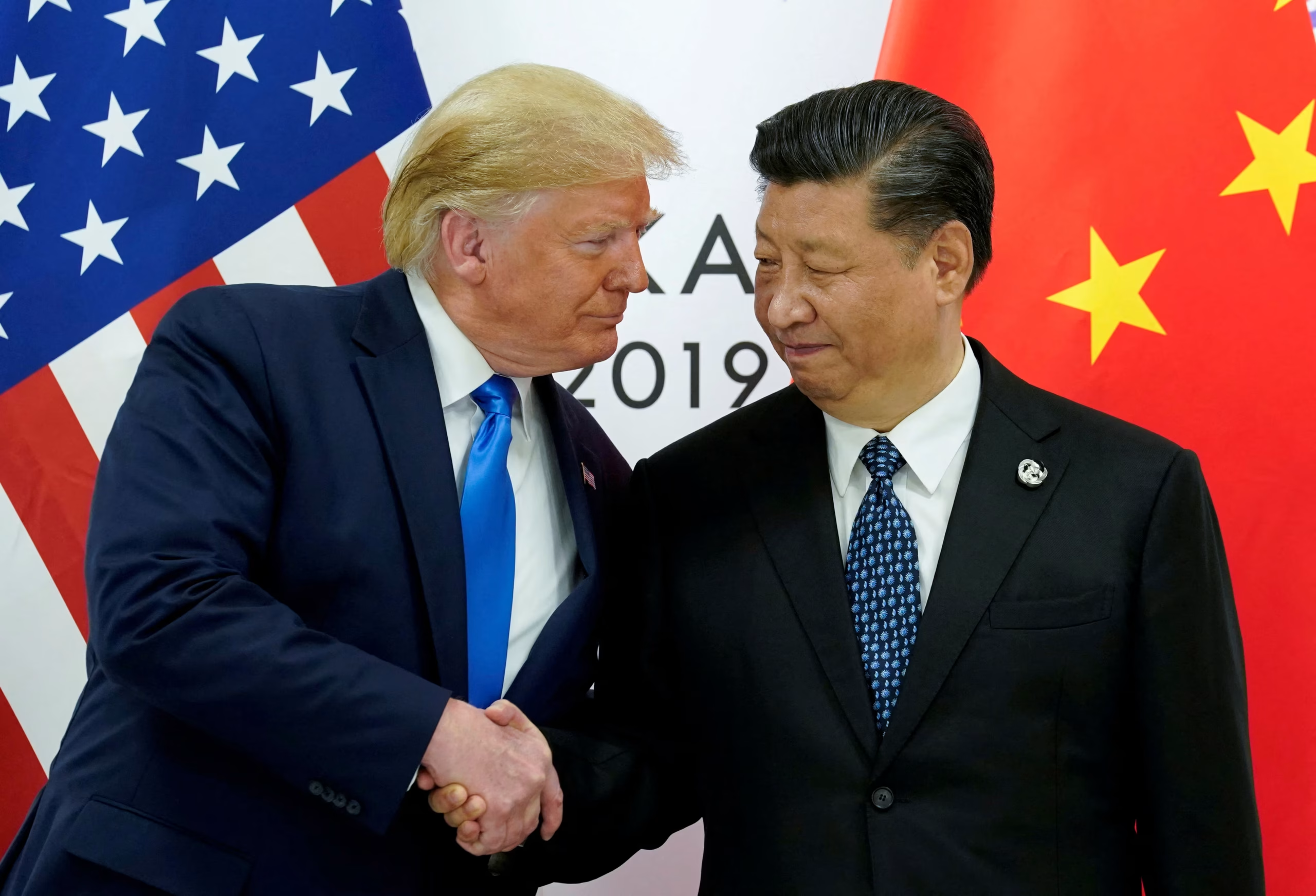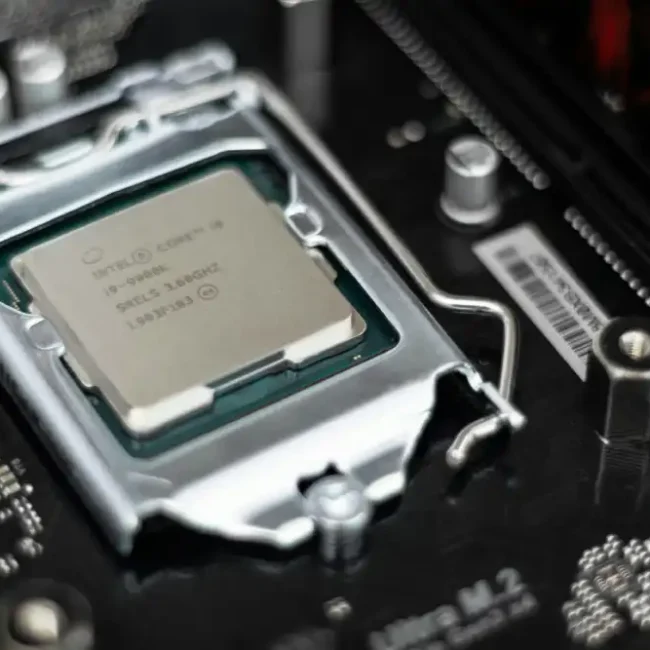August 11, 2025 — Washington, D.C. / Beijing
At the eleventh hour, President Donald Trump signed an executive order extending a key trade truce with China by another 90 days. The decision, announced just hours before higher tariffs were set to take effect, delays a significant escalation in the U.S.–China trade conflict.
Averting a Trade Freeze
Had the truce expired, U.S. tariffs on Chinese goods—including electronics, apparel, toys, and other holiday-season items—were slated to spike dramatically, potentially reaching as high as 145%. On the other side, China had planned retaliatory moves—including tariff increases up to 125%—that could have brought bilateral trade to a near-complete freeze. The extension holds tariffs at 30% on Chinese imports and 10% on U.S. goods, preserving a fragile detente.
Beijing concurrently announced that it would uphold its tariffs and postpone inclusion of American firms in its export restriction and “unreliable entities” lists for the same 90-day period. This synchronized action underscores a mutual interest in preventing destabilizing economic escalation.
Strategic Timing Ahead of the Holidays
The extension comes ahead of the crucial holiday shopping season, giving U.S. retailers a window to stock up on imported goods without the disruption of new duties. It also buys both governments breathing room to continue trade talks—possibly culminating in a high-level meeting between Trump and President Xi Jinping later this fall.
This latest pause marks the continuation of a recurrent pattern of short-term extensions—in May, a similar 90-day period was agreed upon in Geneva, followed by further dialogue in Stockholm. However, despite pauses and rhetoric about improved relations, fundamental disagreements remain, particularly over issues like rare earth minerals, semiconductors, soybean purchases, export controls, and broader intellectual property concerns.
Market & Policy Impacts
Financial markets responded positively. Asian stock indices, including Japan’s Nikkei, climbed to record highs as trade fears receded. Analysts see the extension as a practical, if temporary, de-escalation and a tacit acknowledgment that abrupt tariff spikes could trigger wide economic fallout.
Yet the underlying tension persists: both governments continue to push strategic agendas—Trump pressed for increased soybean purchases from China, and officials in both capitals remain wary of abrupt policy reversals.
1. Short-Term Market Sentiment Boost
- Risk-on reaction: Equity markets, especially in Asia, responded with record highs on the news, as investors priced out the immediate risk of a tariff shock. U.S. futures also saw a bump, particularly in retail and manufacturing names.
- Volatility compression: Options markets in both U.S. and China-related ETFs showed an immediate drop in implied volatility, suggesting traders see less short-term policy risk.
Investor angle: For traders, this extension provides a short-term momentum opportunity in China-exposed sectors (e.g., retail importers, semiconductors, logistics). However, implied volatility may be underpricing longer-term policy uncertainty.
2. Retail & Consumer Goods Get a Seasonal Tailwind
- Without the extension, tariffs could have hit electronics, apparel, toys, and home goods just before the holiday inventory build.
- Retailers like Walmart, Target, Best Buy, and dollar store chains avoid an immediate cost shock, potentially preserving holiday season margins.
- E-commerce platforms with large China-sourced inventories (e.g., Amazon marketplace sellers, Temu/Shein operators) also benefit.
Investor angle: Expect retail earnings forecasts to hold steadier in Q4. Short-term positioning could favor large-cap U.S. retailers and logistics providers tied to consumer imports.
3. Commodity and Agri-Trade Plays
- Trump reportedly pushed for increased U.S. soybean purchases from China as part of the dialogue.
- If delivered, this could stabilize U.S. ag futures in soy, corn, and pork, particularly beneficial for agribusiness exporters like Bunge and Archer Daniels Midland.
- Reduced escalation risk in rare earths and industrial metals also eases pressure on certain U.S. manufacturers and EV producers.
Investor angle: Watch for signs in the next USDA export reports—confirmation of Chinese buying could be a bullish catalyst for ag stocks and related commodity ETFs.
4. Industrial & Supply Chain Implications
- Manufacturers in sectors like semiconductors, automotive, and industrial machinery avoid an immediate tariff spike on critical inputs.
- Chinese suppliers to U.S. firms also maintain stable export channels, benefiting logistics companies, port operators, and rail carriers.
- However, the truce is temporary—companies may still accelerate “China-plus-one” supply chain diversification, benefitting markets like Vietnam, India, and Mexico.
Investor angle: In the near term, the truce supports industrial stability; in the medium term, global logistics firms with exposure to diversified Asia supply chains could benefit from hedging strategies against a potential November tariff shock.
5. Macro Risk Remains
- The extension ends in November—close enough to be influenced by U.S. election dynamics and potential geopolitical flashpoints.
- Any breakdown in talks could reintroduce the tariff threat, creating a whiplash scenario for markets.
- Currency markets could also respond quickly; the truce removes short-term upward pressure on the U.S. dollar but leaves room for volatility.
Investor angle: Medium-term positioning should still account for potential tariff escalation. Protective hedges via options on key China ETFs (FXI, MCHI) or currency hedges on USD/CNH may be prudent.
Bottom Line for Investors:
The 90-day extension is a tactical reprieve, not a resolution. It removes a major near-term overhang for retail, industrial, and ag sectors, while supporting short-term bullish sentiment. But the underlying structural tensions remain—and the next inflection point in November could produce equally sharp reversals in market direction. Savvy investors can lean into the short-term relief rally but should keep risk controls in place for a potentially turbulent Q4.





